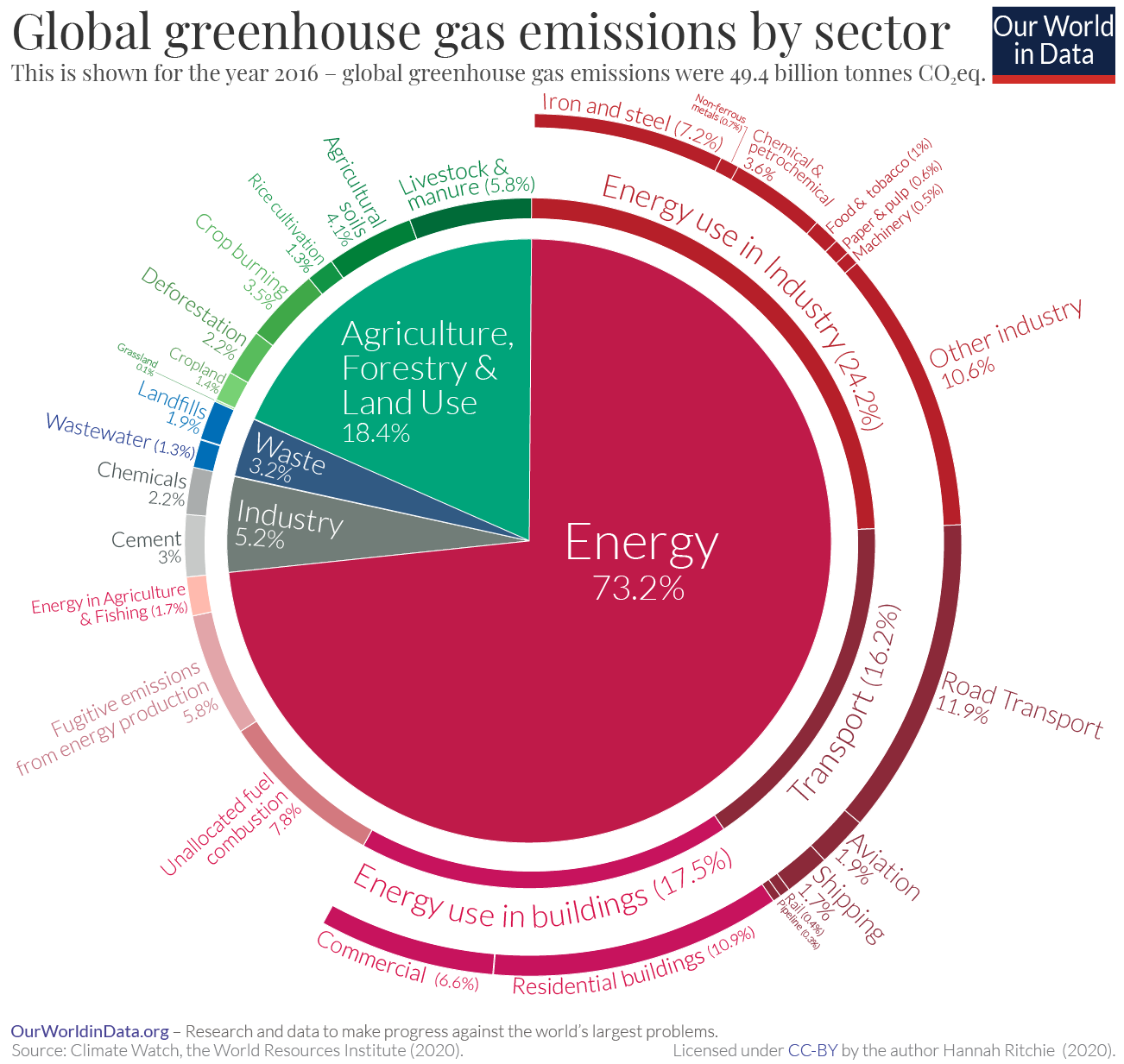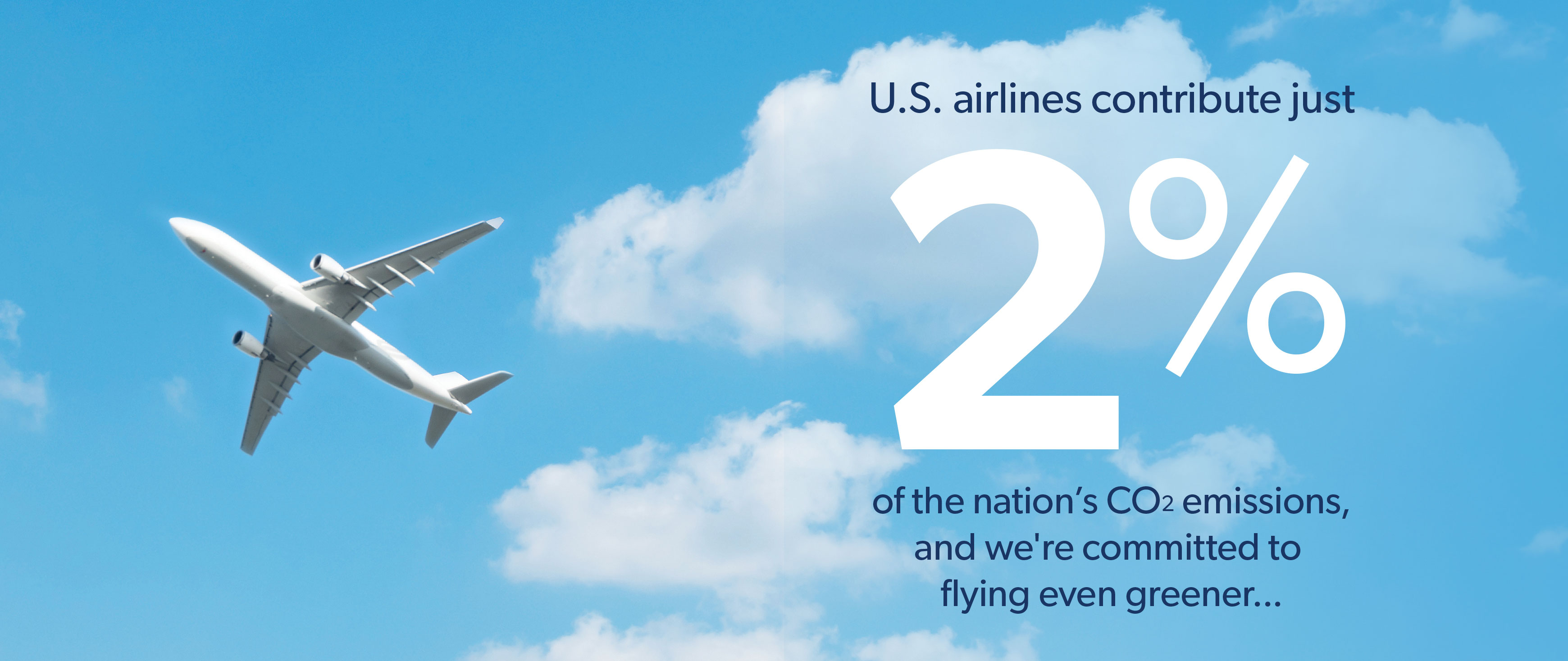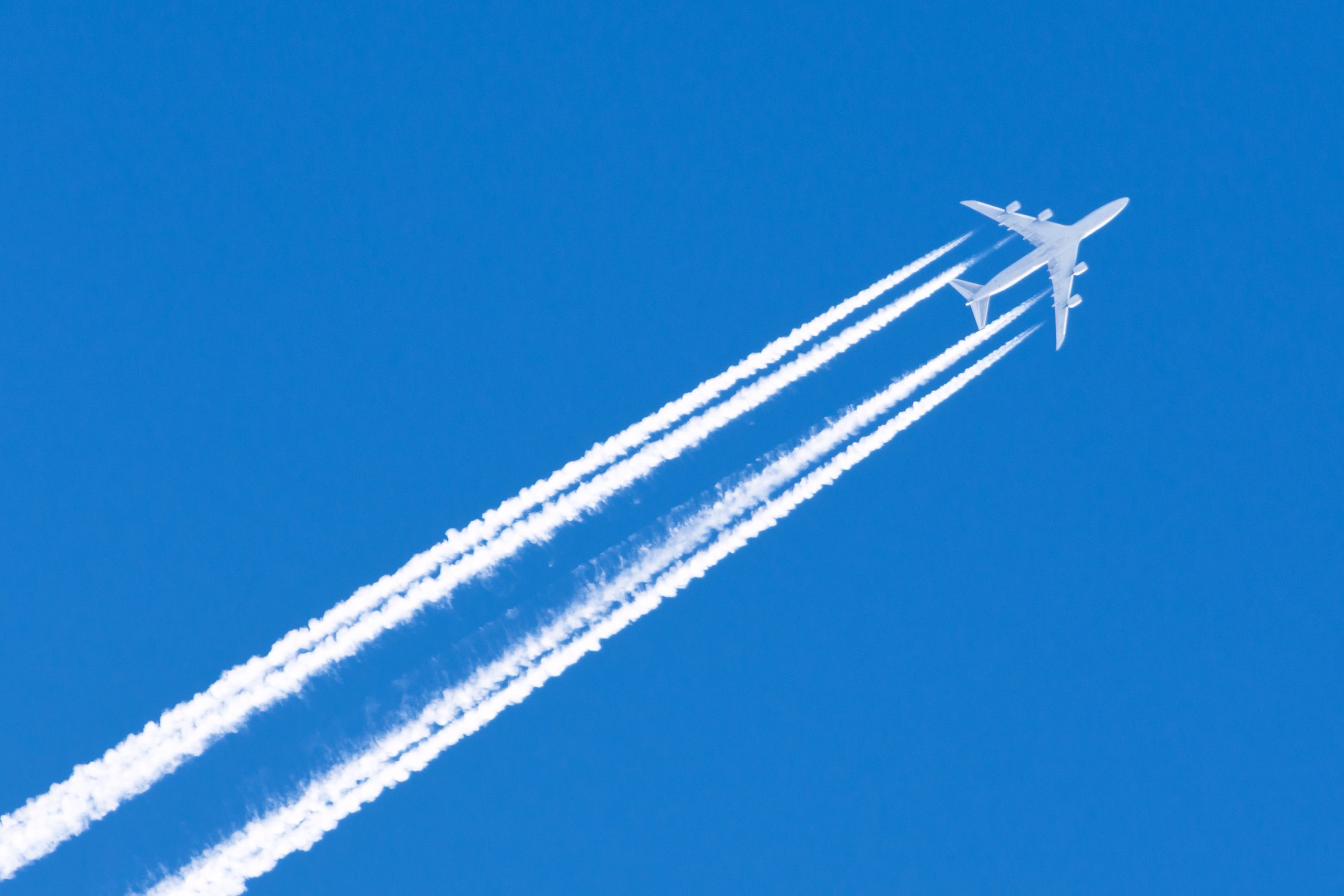Co2 Emissions By Aircraft Type - Gaseous emissions from air travel increased in 2018 and are expected to increase in the coming years. Silas Stein/Photo/Getty Images
Umair Irfan is a correspondent covering climate change, Covid-19 and energy policy. Irfan also regularly participates in the radio program Science Friday. Before that, he was a ClimateWire reporter for E&E News.
Co2 Emissions By Aircraft Type

After years of decline, greenhouse gas emissions in the United States appear to be on the rise again. The Rhodium Group recently released preliminary statistics showing that total carbon dioxide emissions rose by 3.4 percent in 2018, with the transportation sector leading the way as the largest emitter for the third consecutive year.
Zeroe: Will Airbus's Zero Carbon Airplane Take Off?
Interestingly, the drop in transport emissions is not caused by cars. Compared to 2017, car journeys have increased, but fuel consumption has decreased. This is partly because overall fuel economy in passenger cars is improving as engines become more efficient and electric vehicles become more popular.
Instead, emissions from trucks and air traffic drove overall growth, with demand for diesel and jet fuel increasing by nearly 3 percent in 2018.
On the other hand, it shows how difficult it is to reduce greenhouse gas emissions when the US economy is growing - growth reached 3 percent in 2018. This will lead to more industry, more electricity used in electronics, more travel, and yes, more. greenhouse gases.
But it also makes clear how difficult it is to disrupt the aviation industry, which has surprisingly produced very few low-carbon or low-fuel technologies to date. However, airlines can take steps to reduce their environmental impact. In addition, a recent report by the German Peace Institute shows that American airlines have not received any penalties compared to other countries where climate change is important, as some foreign competitors do.
Data Plans: How Software Is Helping Airlines Take A Bite Out Of Carbon Emissions
In 2018, the total number of air passengers in the United States increased, with certain times of the year experiencing high volumes of air traffic. Worldwide, airlines carried 4.3 billion passengers in 2018, an increase of 38 million from the previous year. Aviation accounts for about 2 percent of global emissions, and this share will grow.
The International Civil Aviation Organization predicts that by 2020 emissions from international aviation will exceed 70 percent of 2005 levels. They are expected to increase and exceed 700 percent by the middle of the century. Each transatlantic flight emits enough carbon dioxide to melt 30 feet. Arctic sea ice.
However, the world needs to cut emissions by more than half from today to find a way to limit global warming to 1.5 degrees Celsius this century. The world may only have until 2030 to reach this level.

However, it's a little more difficult for smart marketers to figure out how they're contributing to climate change.
Apportioning Aviation Co2 Emissions To Regional Administrations For Monitoring And Target Setting
"Drivers are used to simple and detailed indicators of climate quality: grams of CO2 per kilometer or gallons per mile," says the atmospherefair December report. "That's not the case with airplanes: every airplane has to take off [and] fly to the lowest point, regardless of the distance."
Because planes take a lot of energy to get off the ground, shorter flights actually have a higher CO2 footprint per passenger per mile than longer flights, so the overall carbon footprint can be higher.
Fuel consumption in liters per passenger per 100 kilometers for an Airbus A340 based on long-haul journeys. atmosphere
And the age of the ship, the type of ship and the distance covered must be taken into account. And airplanes emit more than carbon dioxide: they emit particulates, nitrogen oxides and sulfates. These compounds also absorb heat and have a large heating effect when released at high altitudes.
Carbon Footprint Of The Different Types Of Transport
Based on all these factors, atmosfair has ranked 125th among the world's airlines. Ratings are also broken down into short, medium and long haul. The method takes into account road weather conditions, passenger weight, cargo weight, aircraft type, engines and ground performance. Airlines are then allowed to operate and ranked.
Overall, the highest-rated airline for atmospheric fairness was the UK's TUI Airways, thanks to its high-quality flights and high occupancy rates.
The largest airline in the United States is Alaska Airlines, which scored 22 points. The largest carrier in the United States is United Airlines, ranked 50th. All American airlines fell in the ranking compared to the previous year. , with the exception of American Airlines, which ranks 58th, up from 66th in 2017. For a country that has some of the biggest airlines in the world, this is disappointing.

American Airlines includes a mix of new aircraft such as the Boeing 737-800 and older, less efficient aircraft such as the MD-80. The company's short-haul load is moderate to moderate. "U.S. airlines continue to gain points compared to last year due to higher load levels on long-haul flights with more efficient aircraft," the report said. The company plans to retire its entire MD-80 fleet this year.
What Is Sustainable Aviation Fuel (saf) And Why Is It Important?
The biggest challenge to reducing aircraft emissions is that clean technologies are still in their infancy. Fuel is the largest component of airlines, so they have an incentive to use less fuel per passenger. That's part of the appeal of new fuel-efficient planes like the Boeing 787 and Airbus A350. But airlines make money by filling seats, so they want to encourage more air travel.
Right now, we have almost no alternative that can match the energy of jet fuel - no battery will fly a plane across the Atlantic. The fuel economy and performance of the engines themselves are pretty far off, so there's very little room for improvement.
There is talk of electric planes and hydrogen engines, but those planes are many years away. Airlines are currently experimenting with fuels that can be carbon neutral. The main issue right now is price, but if the price of oil goes up and the cost of production goes down, oil can be an important way to reduce air traffic. Manufacturers such as Airbus and Boeing are exploring new fuel-efficient wing designs and integrated systems such as electric motors that bring the plane to the ground. The US Department of Energy and the military are currently investigating the oil.
Legislation to limit carbon dioxide emissions from air traffic would be an important step forward in further research in this area. The European Union has introduced some carbon regulations in aviation, but the US Trump administration is moving very far away from gas regulation. In other words, the problem is likely to get worse before it gets better.
Can Weighing Passengers At Airports Cut Down Carbon Emissions? Fuel Matrix Says Yes
Millions of people turn to them to educate themselves, their family and friends about what's going on in the world around them and learn about things that interest them. Financial contributions from our readers are an important part of supporting our powerful work and helping us achieve freedom for everyone. Please consider making a one-time donation today. Some of these cookies are essential, while others help us improve your experience by providing insights into how you use the site.
This website uses cookies so that we can provide you with the best possible experience. Our cookie statement is part of our cookie policy and explains in detail how and why we use cookies. We recommend that you click "Accept All" to fully enjoy our site. You can change these settings at any time using the "Update cookie settings" button in the cookie notification.
Essential cookies provide basic functionality. The website cannot function properly without these cookies and you can turn them off by changing your preferences.

19 May 2022: , the award-winning aviation consultancy and research firm, today published its monthly Aviation Infrastructure Index in association with KPMG. This month's index also focuses on ABS quality.
How Innovation Is Helping Airlines Cut Carbon Emissions
New data shows that CO2 emissions from the commercial aviation industry will reach 144 grams per mile in April 2022, with carbon intensity (total CO2) per seat falling by less than 0.5%. This translates to a total annual reduction in CO2 emissions per seat per mile of 2.5%.
In April 2022, global traffic growth was unchanged from March, with a monthly increase of 2.2%. This increase was determined by the increase of international flights from Europe and CIS countries by 13.5%. 75% of these flights used the flights of the top three low-cost airlines in Europe; this helps reduce overall CO2 emissions from each seat per mile.
Ryanair, Lufthansa, Turkish Airlines, Wizz Air and EasyJet are the operators responsible for the growth of European international flights, with more than 36% of all European connections. In contrast, international domestic flights fell by 3.2 percent in April.
The global share of emissions was little changed in April 2022, with the Airbus A320-200ceo up 0.4% month-on-month. Boeing 777-300ER monthly share decreased. Flight data from Insight revealed a steady increase in month-on-month growth, which it reports
Dip In Flight Activity Cut Co2 Emissions By 70 Percent In Europe
Co2 emissions by vehicle type, co2 emissions by country 2020, co2 emissions by fuel type, co2 emissions by country 2019, us co2 emissions by year, total co2 emissions by country, aircraft co2 emissions, co2 emissions by year, co2 emissions by source, co2 emissions by industry, global co2 emissions by year, co2 emissions by country
0 Comments